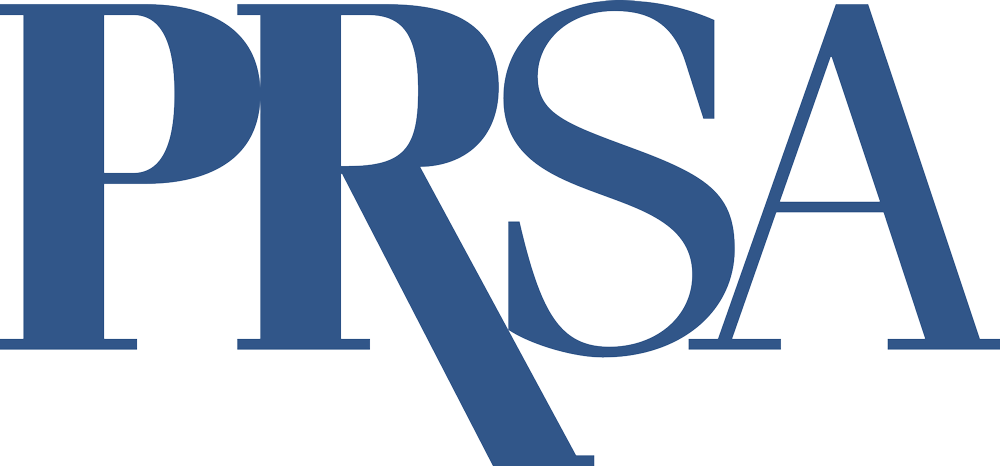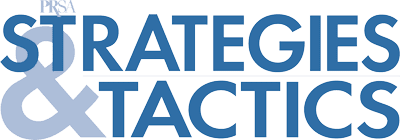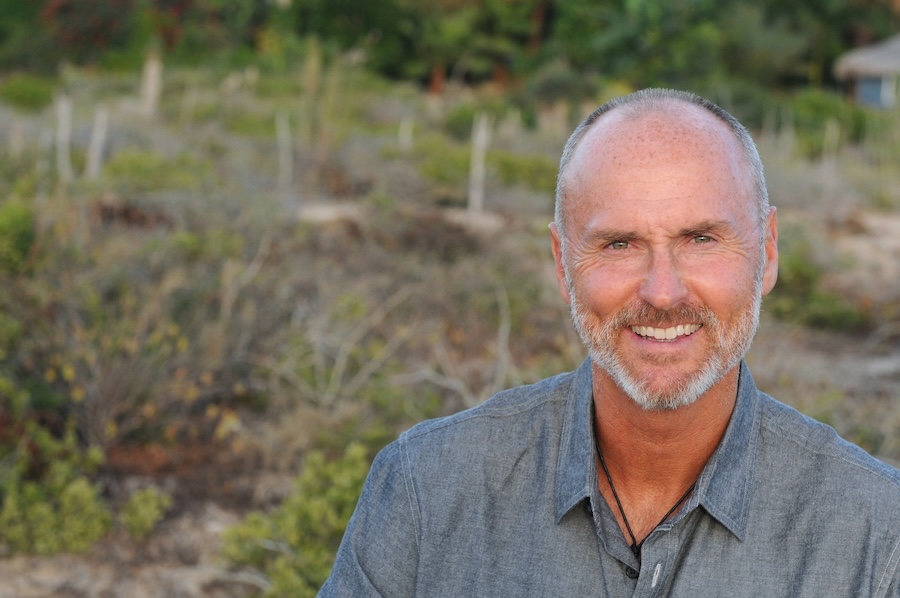A Modern Take on Midlife Opportunities
By Melissa Vela-Williamson, M.A., APR, Fellow PRSA
August 2025
Having time to plan is challenging for busy PR professionals, and focusing on our individual needs is often last on our list. Making time to map out where our careers could go as we age may not come up on packed agendas. PR pros should challenge that cultural norm.
Ageism is a concern in many industries, and public relations isn’t immune to this issue. Professionals have to, at minimum, be aware of ageist stereotypes and, at maximum, fight this discrimination regularly.
Some aspects of our business may suggest a stereotype that younger professionals are better suited for the work. In my experience, the promotion of fields like social media, graphic design and advertising tends to favor youth and freshness over age and wisdom. Let’s work to dispel ageist stereotypes, clarify misconceptions and encourage everyone to envision more career opportunities and fulfilling possibilities for life beyond 40.
Chip Conley is a New York Times bestselling author who is disrupting the travel industry for the third time as the founder of the world’s first midlife wisdom school, the Modern Elder Academy (MEA).
Here, Conley discusses how to rebrand midlife and embrace transition to leverage a fuller life.
Your content centers around embracing transitions. Why should we plan for change?
In 1960, the year I was born, the average retiree had three employers over the course of their career; now, we have 13. The world is in constant change. Mastering the navigation of transitions is an essential modern skill.
Why do you champion midlife, or what you describe as “middlescence”?
Three life stages emerged in the 20th century when longevity grew by 30 years (from 47 in 1900 to 77 in 2000). Two of them — adolescence (coined in 1904) and retirement (popularized in the 1930s) — got a lot of love and attention, yet all midlife got was a bad brand, based on the coining of the term “midlife crisis” in 1965.
Middlescence is the adult corollary to adolescence when people 45-65 go through hormonal, physical, emotional and identity transitions just like we did in our teens.
Tell us how being a “modern elder” could benefit our careers.
As I learned as Airbnb’s “modern elder,” the workplace needs intergenerational collaboration like never before. We have five generations in the workplace for the first time and by 2027, the majority of Americans will have a younger boss. A modern elder is someone as curious as they are wise, so they are both teaching and learning through mutual mentorship with younger people.
How can PR professionals support how aging is perceived in society?
It’s essential that we highlight, as evidenced in the Robert De Niro/Anne Hathaway film “The Intern,” that the workplace is now an intergenerational potluck, allowing each of us to bring to the table what we do best. With people staying in the workplace longer and a shrinking pool of younger workers, we will see that the average age of workers in the next 50 years will substantially grow.
Remaining relevant and combating ageism from midlife on can be a concern for communicators. What tips do you have on battling stereotypes and our own self-limiting beliefs?
We’ve been living under an ageist paradigm for at least a half-century, so we need to start outlining what gets better with age. In my book “Learning to Love Midlife: 12 Reasons Why Life Gets Better With Age,” I help illuminate a “pro-aging”(not an “anti-aging”) message since Yale’s Becca Levy has shown that shifting our mindset on aging from a negative to a positive perspective gains us 7.5 years of extended longevity.
When should we evaluate our career path and make time to plan what comes next?
We should do this our whole career, but it’s particularly important around age 50 when we should curate a “midlife atrium” to create the space to reflect upon how we want to live the second half of our adult life. I would love to see midlife gap years and sabbaticals become a cultural standard in society.



